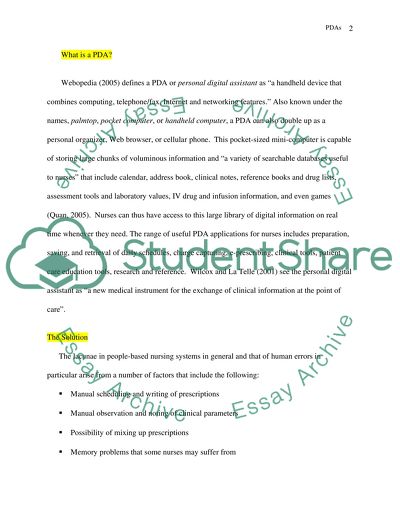Cite this document
(“Personal Digital Assistants (PDAs) and Nursing Essay”, n.d.)
Personal Digital Assistants (PDAs) and Nursing Essay. Retrieved from https://studentshare.org/health-sciences-medicine/1503210-personal-digital-assistants-pdas-and-nursing
Personal Digital Assistants (PDAs) and Nursing Essay. Retrieved from https://studentshare.org/health-sciences-medicine/1503210-personal-digital-assistants-pdas-and-nursing
(Personal Digital Assistants (PDAs) and Nursing Essay)
Personal Digital Assistants (PDAs) and Nursing Essay. https://studentshare.org/health-sciences-medicine/1503210-personal-digital-assistants-pdas-and-nursing.
Personal Digital Assistants (PDAs) and Nursing Essay. https://studentshare.org/health-sciences-medicine/1503210-personal-digital-assistants-pdas-and-nursing.
“Personal Digital Assistants (PDAs) and Nursing Essay”, n.d. https://studentshare.org/health-sciences-medicine/1503210-personal-digital-assistants-pdas-and-nursing.


